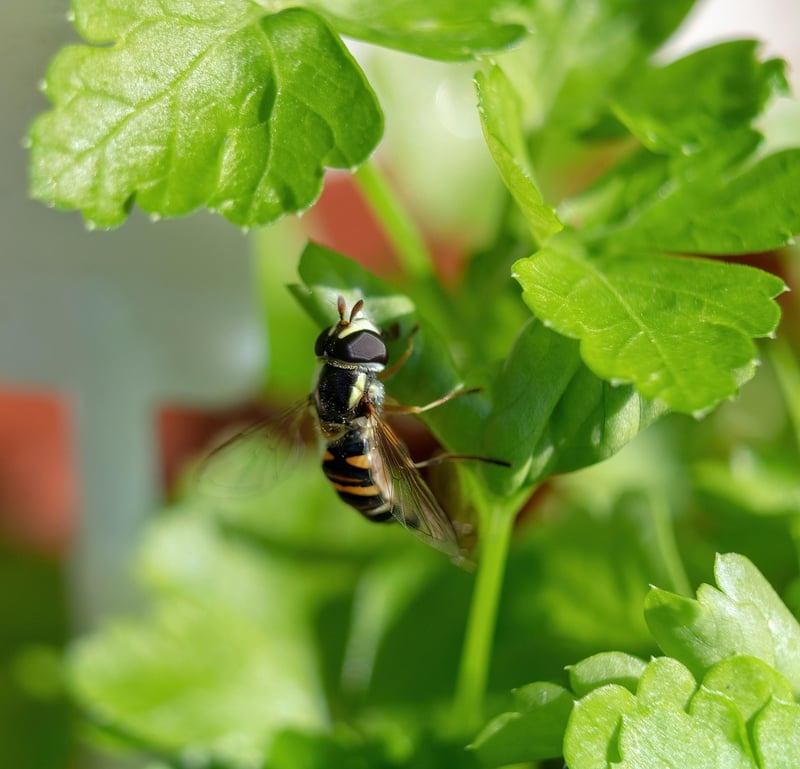Beneficial Insects
Managing Garden Pests and Beneficial Insects
Gardening is a rewarding and enjoyable activity, but dealing with pests can sometimes be a challenge. However, not all insects in your garden are harmful. Some are actually beneficial and can help control pest populations naturally.
Identifying Common Garden Pests
Before taking any pest control measures, it's essential to identify the common garden pests that may be causing damage to your plants. Some of the most common garden pests include aphids, caterpillars, snails, and spider mites.
Methods to Manage Garden Pests
- Handpicking: For larger pests like caterpillars and beetles, handpicking them off your plants can be an effective method of control.
- Neem Oil: Neem oil is a natural insecticide that can help control a wide range of pests while being safe for beneficial insects.
- Beneficial Nematodes: These microscopic organisms can help control soil-dwelling pests like grubs and caterpillars.
- Companion Planting: Planting certain herbs and flowers alongside your vegetables can help repel pests naturally.
- Organic Sprays: Homemade sprays using ingredients like garlic, chili peppers, and soap can deter pests without harming beneficial insects.
Beneficial Insects in the Garden
Encouraging beneficial insects in your garden can help maintain a balanced ecosystem and reduce the need for chemical pesticides. Some common beneficial insects include ladybugs, lacewings, and parasitic wasps.
Attracting Beneficial Insects
- Plant Diversity: Having a variety of plants in your garden can attract different beneficial insects that feed on pests.
- Provide Shelter: Creating areas with mulch, rocks, or logs can offer hiding spots for beneficial insects during the day.
- Avoid Pesticides: Chemical pesticides can harm beneficial insects, so use them sparingly and opt for natural alternatives whenever possible.
By implementing these strategies, you can effectively manage garden pests while promoting the presence of beneficial insects in your garden, creating a healthy and thriving ecosystem for your plants to grow.

Image source: Pixabay
